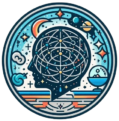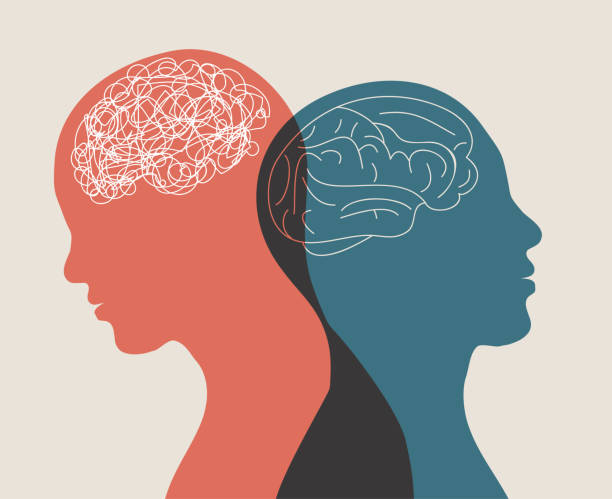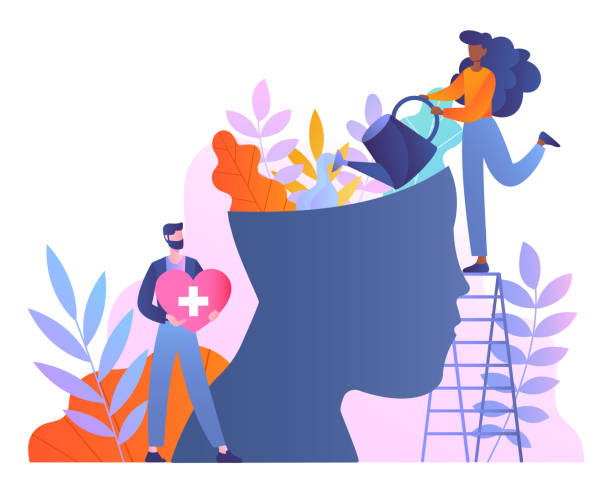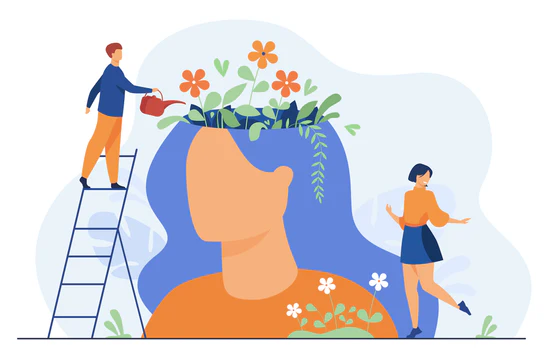If you have ever watched someone run into traffic to rescue a stranger’s pet, donate their last few dollars to a cause, or volunteer for hours without expecting a thank-you, you have probably wondered: Why do people do that?
Is kindness natural in humans, or is there always a trace of self-interest behind every act of kindness? The debate between altruism and self-interest has fascinated psychologists, philosophers, and economists for decades. At its heart lies a profound question about human nature: when we help others, are we doing it for them—or for ourselves?
Read More: Sleep and Mental Health
Defining Altruism
In psychology, altruism refers to behavior that benefits another person even when it involves a cost to oneself (Batson, 2011). Examples include risking one’s life for a stranger, giving to charity anonymously, or offering help without expectation of return.
However, true altruism is difficult to measure. Even when people act generously, they often experience emotional rewards such as pride, satisfaction, or happiness. This overlap has led some researchers to argue that pure altruism—completely free of self-interest—may not exist at all (Cialdini et al., 1997).
The Role of Self-Interest
One influential view is the egoistic hypothesis, which suggests that we help others because it benefits us psychologically. When we witness someone in distress, we feel discomfort and empathy. Helping reduces that discomfort and restores emotional balance.

Economist James Andreoni (1990) described this phenomenon as “warm-glow giving”—the pleasant emotional payoff of doing good. Donating to charity or volunteering not only helps others but also reinforces our sense of identity and moral worth.
From this perspective, altruism and self-interest are intertwined: doing good feels good.
1. The Empathy-Altruism Hypothesis
Social psychologist C. Daniel Batson offered an alternative explanation: altruism arises from empathy, our ability to share and understand others’ feelings (Batson, 2011).
In a series of experiments, Batson found that when people felt high empathy for someone suffering, they were willing to help even if they could escape the situation unnoticed. When empathy was low, people helped only if it benefited them.
These findings suggest that genuine altruism may occur when empathy overrides self-interest—when we care about others’ welfare as an end in itself.
2. Evolutionary Explanations
From an evolutionary standpoint, helping behavior may have developed because it improved the survival of our ancestors and their genes. Two concepts explain this:
-
Kin Selection – We are more likely to help relatives because they share our genetic material (Hamilton, 1964). Protecting family members indirectly promotes our own genetic legacy.
-
Reciprocal Altruism – Helping non-relatives can be advantageous if there is a reasonable chance that they will return the favor later (Trivers, 1971). Over time, cooperation and trust enhance group survival.
In this view, altruism is not opposed to self-interest but a sophisticated strategy for long-term benefit.
The Neuroscience of Kindness
Modern brain imaging reveals that altruistic behavior activates the reward centers of the brain, including the ventral striatum and orbitofrontal cortex—regions associated with pleasure, motivation, and reinforcement (Moll et al., 2006).
When people give to charity or comfort others, these same regions light up as they would during enjoyable activities such as eating or receiving compliments. Helping others also releases dopamine, oxytocin, and endorphins—chemicals linked to happiness, bonding, and stress reduction.
In essence, the brain rewards kindness. Altruism not only benefits society but also enhances our own well-being.
Cultural and Contextual Influences
Culture shapes how and when we help others.
-
In collectivist societies (e.g., Japan, India), altruism is often framed as a moral duty tied to group harmony.
-
In individualistic cultures (e.g., the United States, Western Europe), it may be linked to personal values or self-expression—“I help because it defines who I am.”
Situational factors also play a role. Research shows that people are more likely to behave generously when they feel watched—a phenomenon known as the audience effect (Bereczkei et al., 2007). Even subtle cues, such as pictures of eyes on a wall, can increase cooperative behavior (Bateson et al., 2006).
This suggests that our kindness can be influenced by social expectations and our desire for a positive reputation.
Can Altruism Be Cultivated?
Encouragingly, altruism is not fixed—it can be strengthened. Studies have shown that mindfulness, compassion training, and gratitude practices increase prosocial behavior (Leiberg et al., 2011).
Moreover, witnessing acts of kindness can trigger moral elevation, a warm emotional response that inspires people to act more altruistically themselves (Haidt, 2003).
Kindness, it seems, is contagious. By surrounding ourselves with compassionate behavior, we naturally become more inclined to help.
The Balance Between Giving and Self-Care
A world driven solely by self-interest would be cold and unsustainable. But a world where everyone sacrifices endlessly for others would also collapse under exhaustion.
The healthiest societies—and individuals—find a balance between caring for others and maintaining personal well-being. Helping others provides purpose and connection, while self-care ensures we have the energy to continue giving.
Altruism and self-interest are not enemies but complementary forces that, together, sustain human flourishing.
Conclusion
So, what truly motivates kindness?
The answer lies somewhere between empathy, biology, and psychology. We help because we care, because it feels good, and because it helps us survive and thrive as social beings.
Whether driven by empathy, the pursuit of happiness, or evolutionary advantage, kindness remains one of humanity’s most remarkable traits.
Perhaps the secret is this: when we lift others, we lift ourselves.
References
Andreoni, J. (1990). Impure altruism and donations to public goods: A theory of warm-glow giving. The Economic Journal, 100(401), 464–477.
Bateson, M., Nettle, D., & Roberts, G. (2006). Cues of being watched enhance cooperation in a real-world setting. Biology Letters, 2(3), 412–414.
Batson, C. D. (2011). Altruism in humans. Oxford University Press.
Bereczkei, T., Birkas, B., & Kerekes, Z. (2007). Public charity offer as a proximate factor of evolved reputation-building strategy: An experimental analysis of a real-life situation. Evolution and Human Behavior, 28(4), 277–284.
Cialdini, R. B., Brown, S. L., Lewis, B. P., Luce, C., & Neuberg, S. L. (1997). Reinterpreting the empathy–altruism relationship: When one into one equals oneness. Journal of Personality and Social Psychology, 73(3), 481–494.
Hamilton, W. D. (1964). The genetical evolution of social behaviour. Journal of Theoretical Biology, 7(1), 1–16.
Haidt, J. (2003). The moral emotions. In R. J. Davidson, K. R. Scherer, & H. H. Goldsmith (Eds.), Handbook of affective sciences (pp. 852–870). Oxford University Press.
Leiberg, S., Klimecki, O., & Singer, T. (2011). Short-term compassion training increases prosocial behavior in a newly developed prosocial game. PLoS ONE, 6(3), e17798.
Moll, J., Krueger, F., Zahn, R., Pardini, M., de Oliveira-Souza, R., & Grafman, J. (2006). Human fronto–mesolimbic networks guide decisions about charitable donation. Proceedings of the National Academy of Sciences, 103(42), 15623–15628.
Trivers, R. L. (1971). The evolution of reciprocal altruism. Quarterly Review of Biology, 46(1), 35–57.
Subscribe to PsychUniverse
Get the latest updates and insights.
Join 3,027 other subscribers!
Niwlikar, B. A. (2025, October 14). What Really Motivates Kindness? Explore 2 Important Theories of It. PsychUniverse. https://psychuniverse.com/what-really-motivates-kindness/



